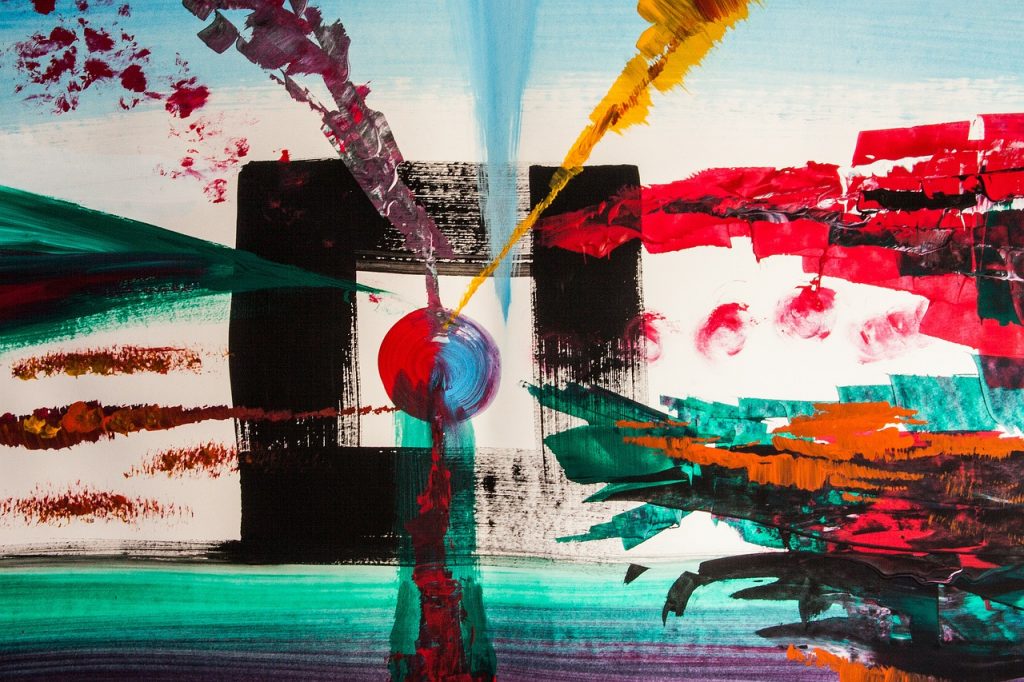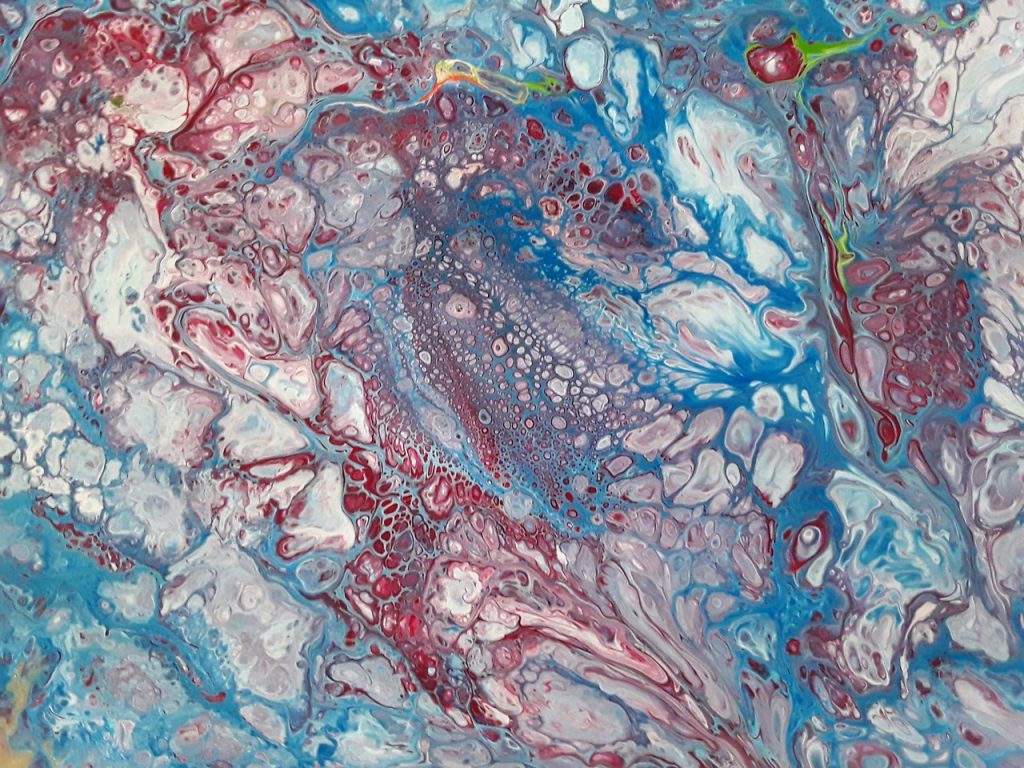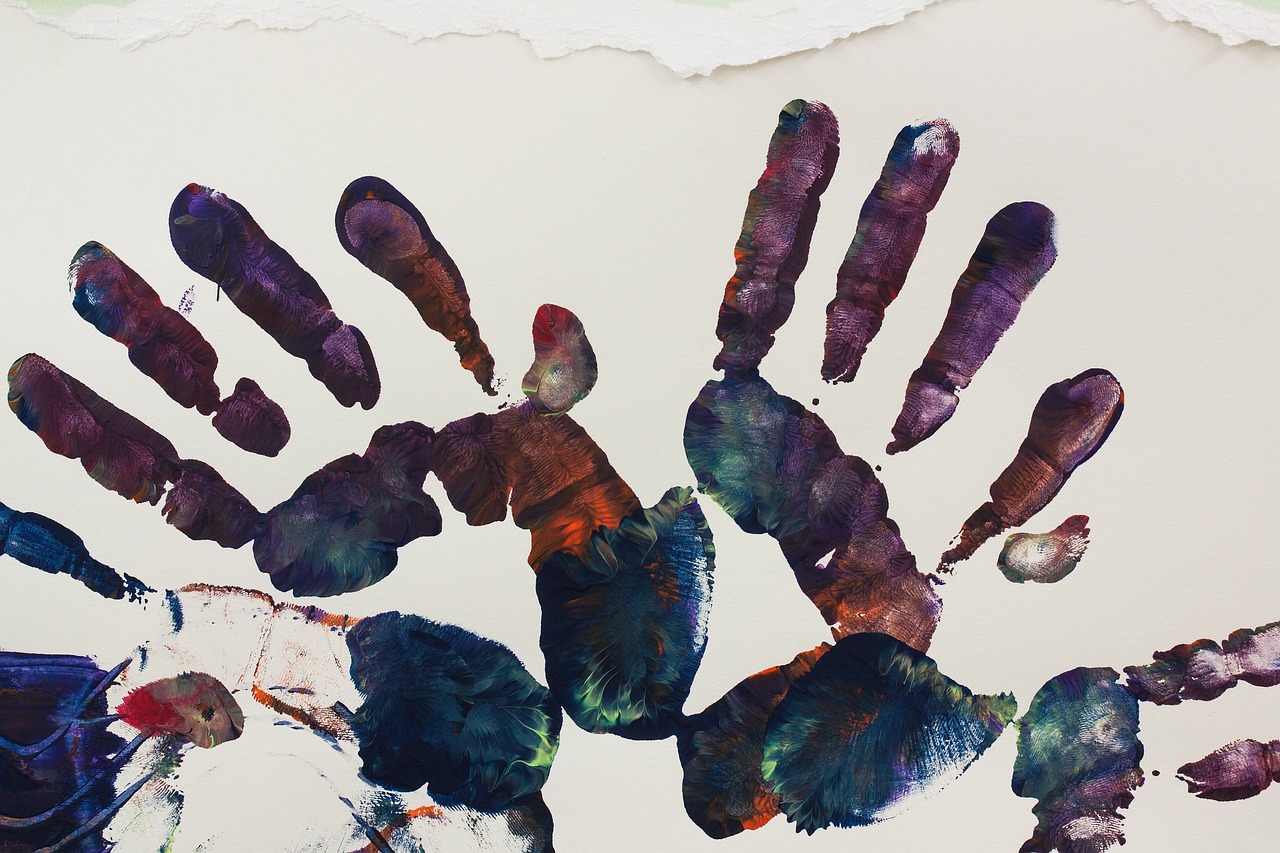The development of fine motor skills of the hands develops and improves our brain when we are small children. As we grow up, activating the fine motor skills of our hands takes on a different job. And often, it’s not teaching but healing. Even in challenging patients, art therapy eliminates apathy and lack of initiative, leads to stable remission, often replacing drug treatment. What can we say about the effect of art therapy on healthy people?
Art therapy has long left the office of a physician-psychotherapist or a physician-rehabilitation therapist and becomes important to expansive masses of people. It diagnoses a person’s condition, and heals, and brings that deep positive feeling of oneself, which is called happiness. And all because art therapy satisfies the most basic fundamental human need. This is the need for self-actualization. It is no secret that many people, living outwardly quite successful lives, neglect this basic need, which causes chronic dissatisfaction with their being in the world and makes us unhappy.
But the most striking results of art therapy (visible immediately with the naked eye) help relieve a state of severe stress. There is no equal among other psychotherapeutic techniques. We all know that art and creativity have a positive effect on human consciousness. But what happens inside the human brain, and how does art therapy generally affect a person? Find out below!
Things to Consider When Undergoing Art Therapy
Art therapy should be used regularly as an ongoing stress prevention technique. And even better, having previously turned to a psychotherapist or psychologist, it can help solve problems comprehensively.
Why is that? Quite simply, creative activity has a unique property. It brings to the surface (a sheet of paper or canvas, for example) everything hidden that we are unaware of and that is latently suffocating us. Right-brain drawing, sculpting, etc., cleverly bypass the censorship of our consciousness, which bypasses negative thoughts, genuine experiences, and in general, everything related to deep unconscious processes. The censorship of consciousness does not let words pass, but it is powerless over images, over the choice of color spots, over scribbles.
First and Foremost Commandment
You must forever forget any comment or thought that you are not an artist or that a cow you have drawn is easily confused with a dog! The task of drawing beautifully is not a consideration and is even contraindicated. Here we are faced with a completely different task. Here we splash out, drawing out all the accumulated stress to improve your health.
Second Commandment
Drawing art therapy (or sculpture or installation) should be analyzed primarily by the author himself and not by the psychotherapist. If you work alone, there can be no talk of a psychotherapist and his interpretations. Why is that? The fact is that art therapy is an insight-oriented technique. That is, it is aimed at achieving insight.
This means that when analyzing his creation, a person himself understands something about himself and his problem, which no one, even the most sophisticated psychotherapist, will tell him for any amount of money. Moreover, it is believed that the patient is obliged to come to this understanding himself. This does not happen the first time and never immediately after the completion of the drawing. But it always happens.
Third Commandment
In any case, even if you hardly understand what and why you are doing, even if you are still far from insight, just remember that art therapy heals by the fact that you are doing it. You may not understand the mechanism, but it will become easier for you after creating the art. Remember this always.

What are the General Art Therapy Exercises and Recommendations
First, if aggression and other very negative, destructive emotions choke you, you should always prefer modeling. In this case, art therapy and, in particular, drawing will only irritate you, but modeling, on the contrary, will calm you down.
Second, always and especially at first, prefer drawing art therapy to pasting collages cut from magazines. Collage making is the last, highest, and final stage of art therapy work when all the main work has already been done, and you can enjoy pure contemplation with a minimum of creative effort. Start with a drawing.
Third, always have the widest selection of color palettes for art therapy — pencils, paints, or markers. However, you might prefer paints because the brush is more flexible and accessible. The force of pressure and the severity of the line, which a pencil requires, are less conducive to liberation, especially at first.
Fluid Art and How it Heals
The first thing that most people think of about art therapy is drawing, displaying their feelings on the canvas with the help of paints. In 2021, fluid art is gaining momentum as an avenue for art therapy. What is it? It’s the art of flow, the flow of fluids and images.
An abstract painting is created using acrylic or other paints. Each participant in the class uses a set of paints from 6 to 12 colors and creates a picture using flows of paint, mixing them with the movement of the canvas or paper.

In general, fluid art therapy has a very positive effect on a person since immersion in the process and flow is somewhat similar to meditation — creating a sense of calmness, without assessing what is happening, and just observing the process. After their creations, each participant may share their own experiences and what they saw in their picture. Often, paintings can have both whole images and abstract ones. For example, with the help of blue colors, images of water and sky are created, then when mixed with green, images of our planet are added, and more to tell the image’s story.
Author Bio: Jane Travis is a renowned psychologist in Great Britain. She has a higher philological and psychological education. She works as a writer for the BestCustomWriting.com service. She also regularly conducts master classes and speaks at various psychological conferences throughout England.


